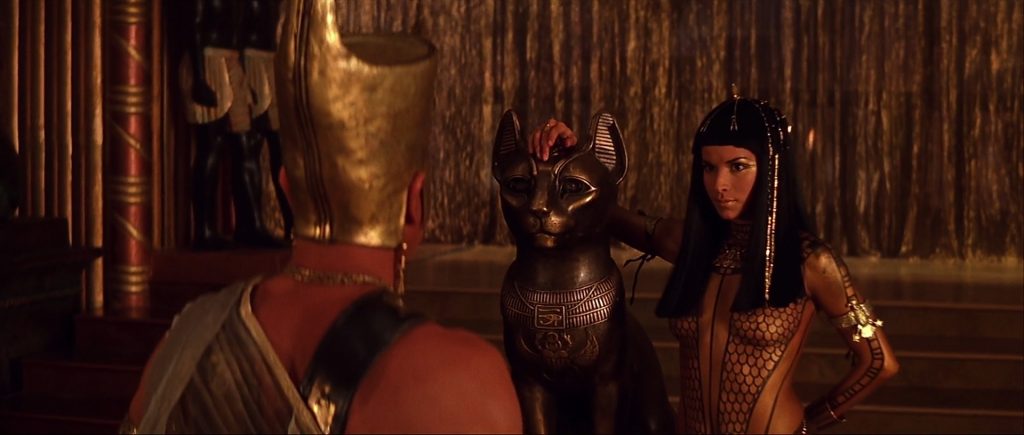Read the text and for questions 1 to 8 decide which statements are true or false.
Archaeologists identify the mummy of a lost Egyptian queen
By Melissa Kong
Egyptian archaeologists announced on Wednesday that they have identified a mummy discovered in 1903 as that of Queen Hatshepsut (hat-shep-soot), Egypt’s most powerful female pharaoh. The mummy was originally found in the Valley of the Kings, a sacred burial site for kings and powerful nobles located on the west bank of the Nile River in Egypt. Although the mummy was discovered more than a century ago, it remained in a tomb until this past spring, when it was brought to the Cairo Museum for testing.
A Powerful Ruler’s Legacy
Queen Hatshepsut was the only woman to rule ancient Egypt while the kingdom was at the height of its wealth and power, from about 1502 to 1482 B.C. Of all the female pharaohs–including Cleopatra and Nefertiti–Hatshepsut’s reign was the longest and most successful. While in power, she established trade routes and built hundreds of monuments and temples throughout Egypt. Despite her prosperous reign, both her mummy and her legacy were virtually erased from Egyptian history. Many historians believe that Tuthmose III, Hatshepsut’s stepson, destroyed records and monuments bearing her name. It may have been his revenge. It is believed that she stole the throne from him. Finding the mummy of this powerful queen may provide details about an important part of Egyptian history.
Exercise:

